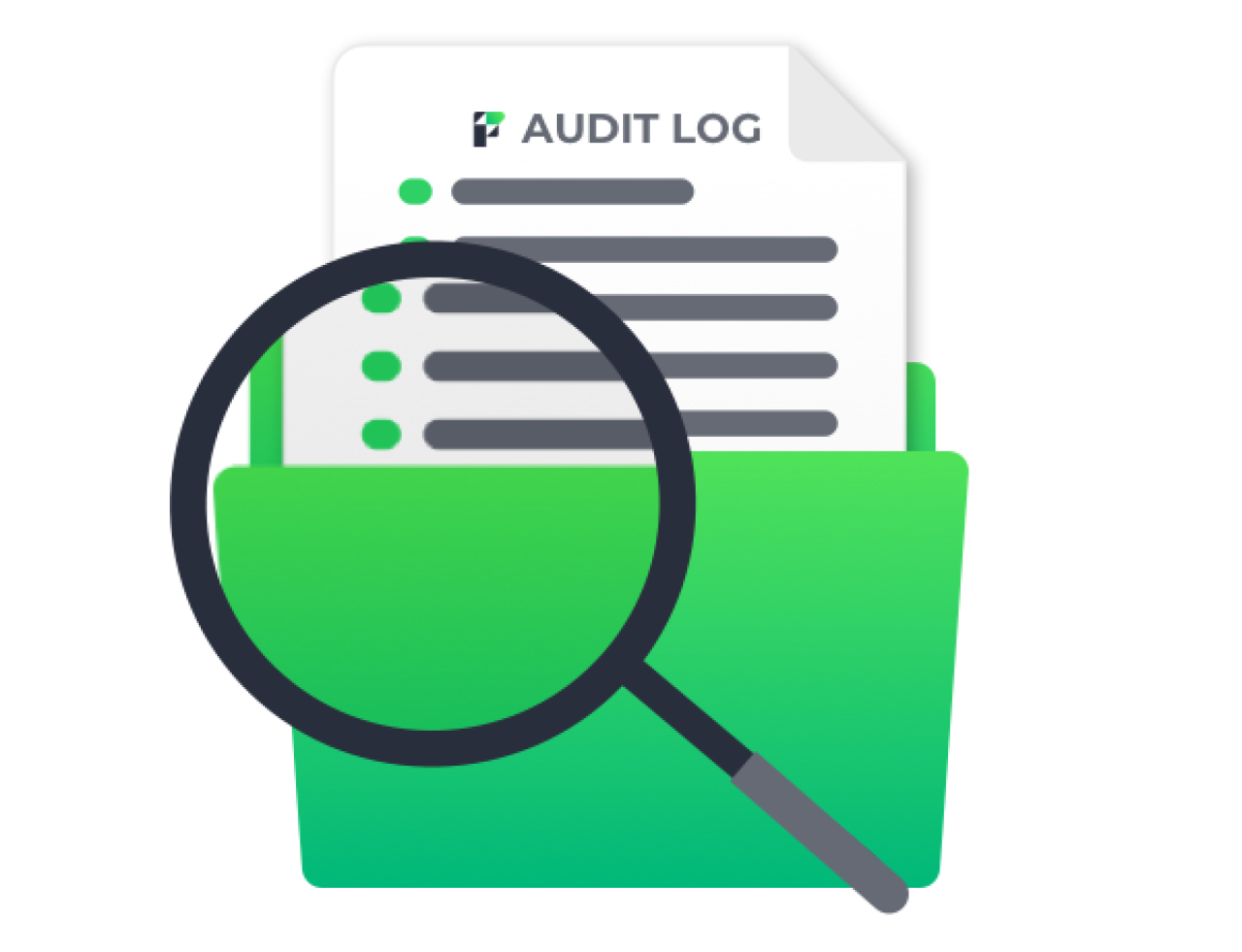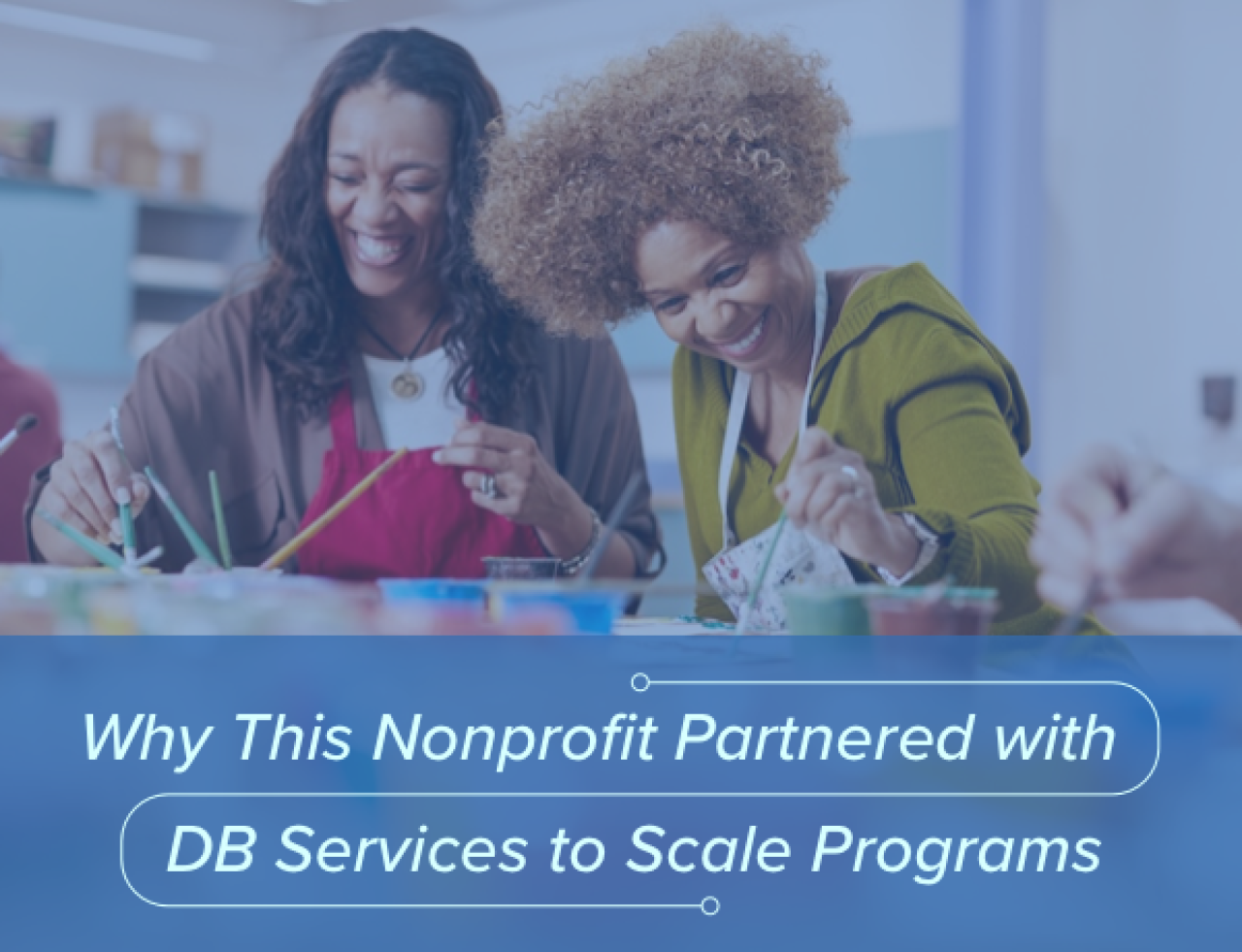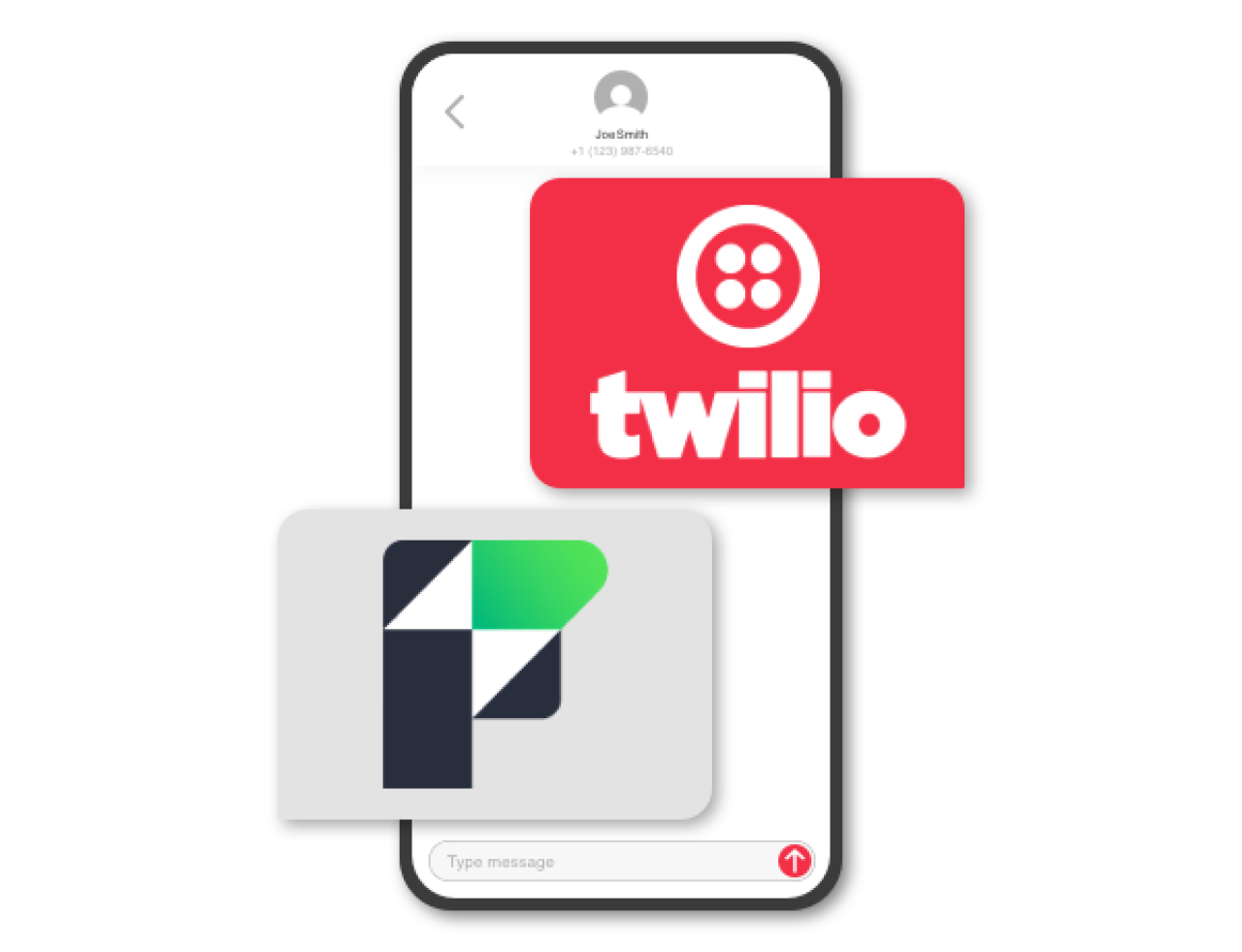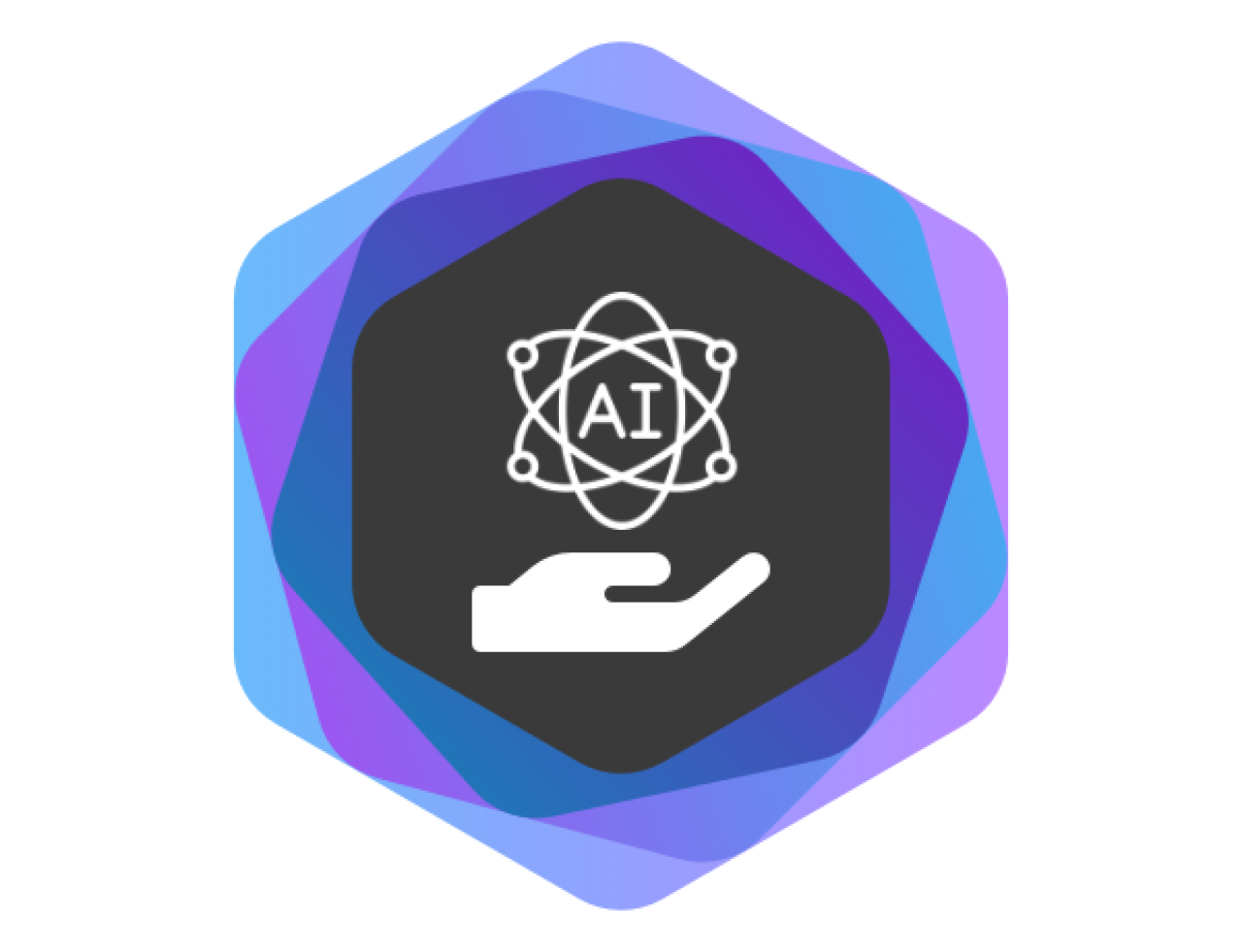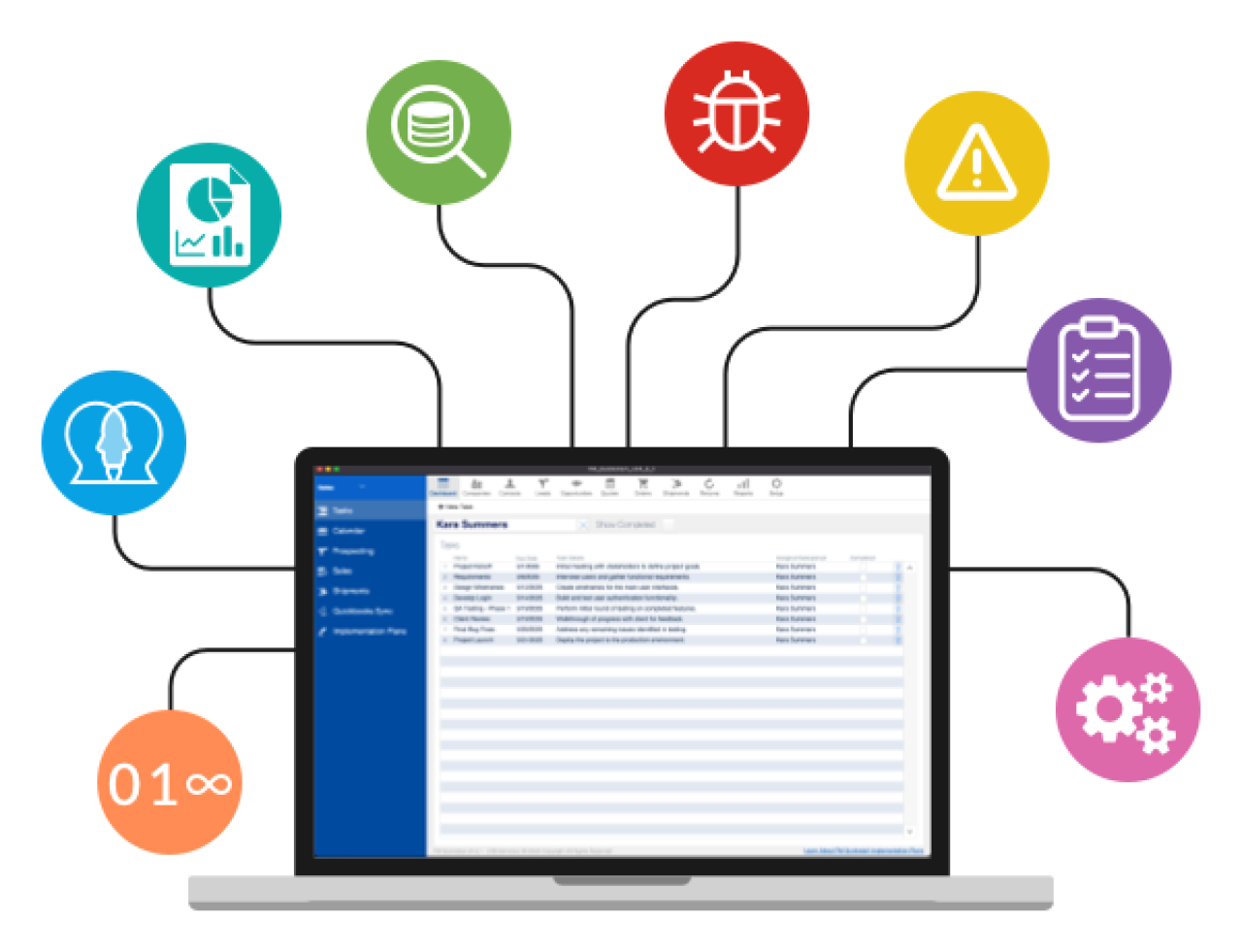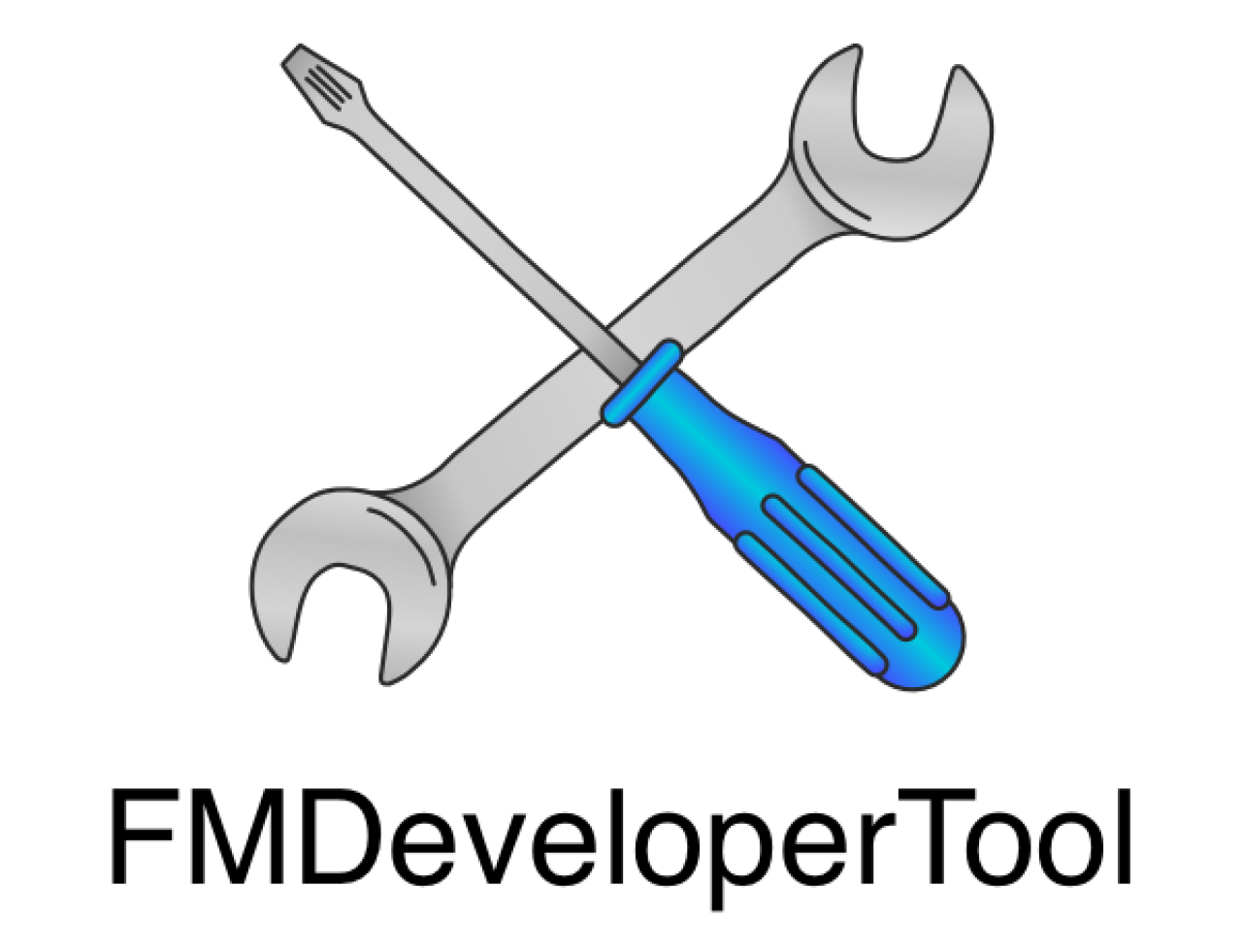
Kick off those winter chills with some fresh moves from Salesforce's Spring '23 update. These new innovations are designed to get your data flowing and increase efficiency across your organization. Let's look at the top ten features that have us moving and grooving!
Salesforce Platform: DevOps Center is here!
The DevOps Center changes the way we think about change sets. In fact, it greatly mitigates the need for change sets at all. It allows for changes to an organization to be tracked via source, currently through Github. This functionality makes it possible for admins and devs to work more closely in an organization. DevOps Center's point-and-click solution makes it easy for anyone to use.
Getting Started with DevOps
The DevOps is generally available to the Lightning Experience in the Developer, Professional, Enterprise, Performance, and Unlimited editions. To get started, enable DevOpsCenter in your org, accept the license agreement and install the managed package. After installation, find and select DevOpsCenter from Setup. To gain access, users will need a Github account and access to their team's repository.
Once the set-up is completed, you may work as normal. All changes and additions you make to your organization are tracked in the source, reviewable through the pipeline, and deployed straight into production or other environments. Without needing to track changes manually, your team has more time to spend focusing on the important things, and that has us dancing for joy.
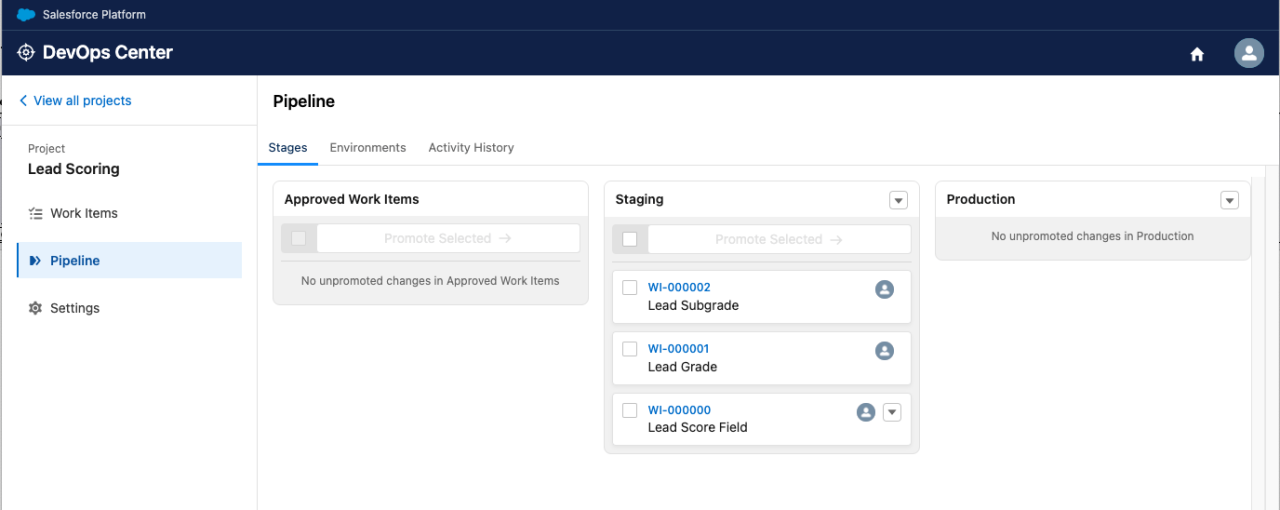
Before creating work items, you must create a new project on the dashboard of the DevOps Center. New work items are created in the Work Items tab. The Pipeline tab shows your current work items and their current stage. You can also view the connected environments and review any changes to staging made on any of the work items in the project.

Work items are created as branches in your connected Github. With the point-and-click interface, creating branches, committing changes, and creating pull requests is a seamless process. Additionally, you can also work within Github itself and those changes will be tracked in DevOps as well. Currently, Github is the only supported source repository, but BitBucket is coming soon.
New to DevOps
Swap a Refreshed Sandbox - When refreshing a sandbox, DevOps will now prompt you to switch the connection from the old sandbox to the new one. It will also ensure that the new sandbox is loaded with the latest source in the pipeline stage's branch.
Manage Environments More Easily - You can swap a development or pipeline environment with another that is activated. You can also remove unused dev environments, disconnect expired environments, and change to a different environment for a pipeline stage if the pipeline isn't activated.
Perform a Validate-Only Deployment - With this feature, you can run your Apex tests prior to deployment. It will validate the tests, but will not save any components, enabling you to check the success of your tests prior to actual deployment. Then, later in your deployment process, you can execute a quick deployment to promote changes without needing to run the tests again.
Automation: HTTP Callout in Salesforce Flows (Beta)
You can now include external data in Flow Builder using HTTP Callout. When you add the details of a web-based service API, Flow Builder creates an external service with invocable actions. These can be used immediately in your Flow Builder and across your Salesforce organization. Integrations can be added without code or without using a service such as Mulesoft.
Analytics: Personalized Report Filters
Salesforce is getting personal with report filters. This update brings the ability to filter reports based on the user. Any filter created on a user field, such as Created By, gives the option to use a relative value. When selecting that option, you can choose to filter by the currently signed-in user, creating custom reports personalized for each member of your team.
Sales Cloud: Dynamic Forms for Leads and Cases
Previously, you could only use Dynamic Forms in Lightning Builder for accounts, contacts, and opportunity record pages. Now, you can enhance your lead and case record pages as well. You can even upgrade your old layouts to use the new Dynamic Forms with the push of a button from within the Record Detail component.
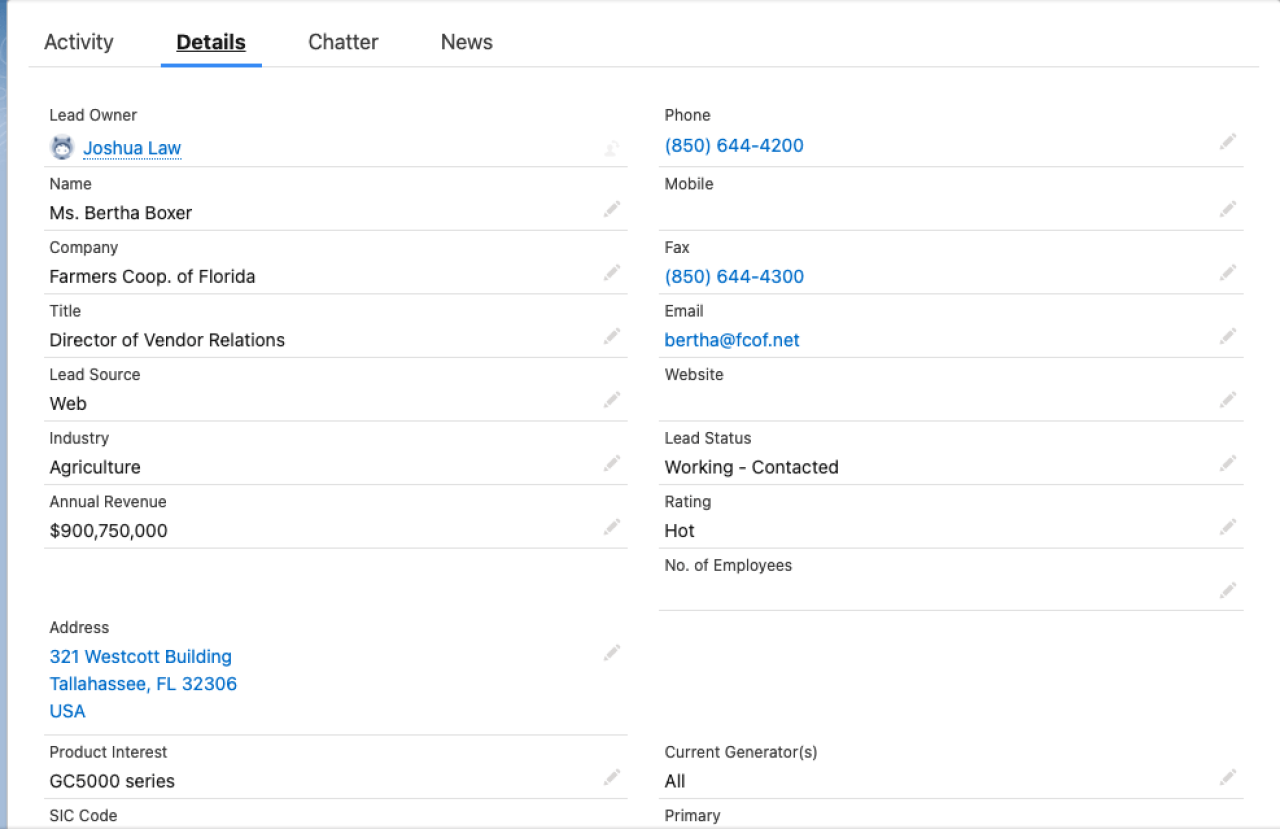
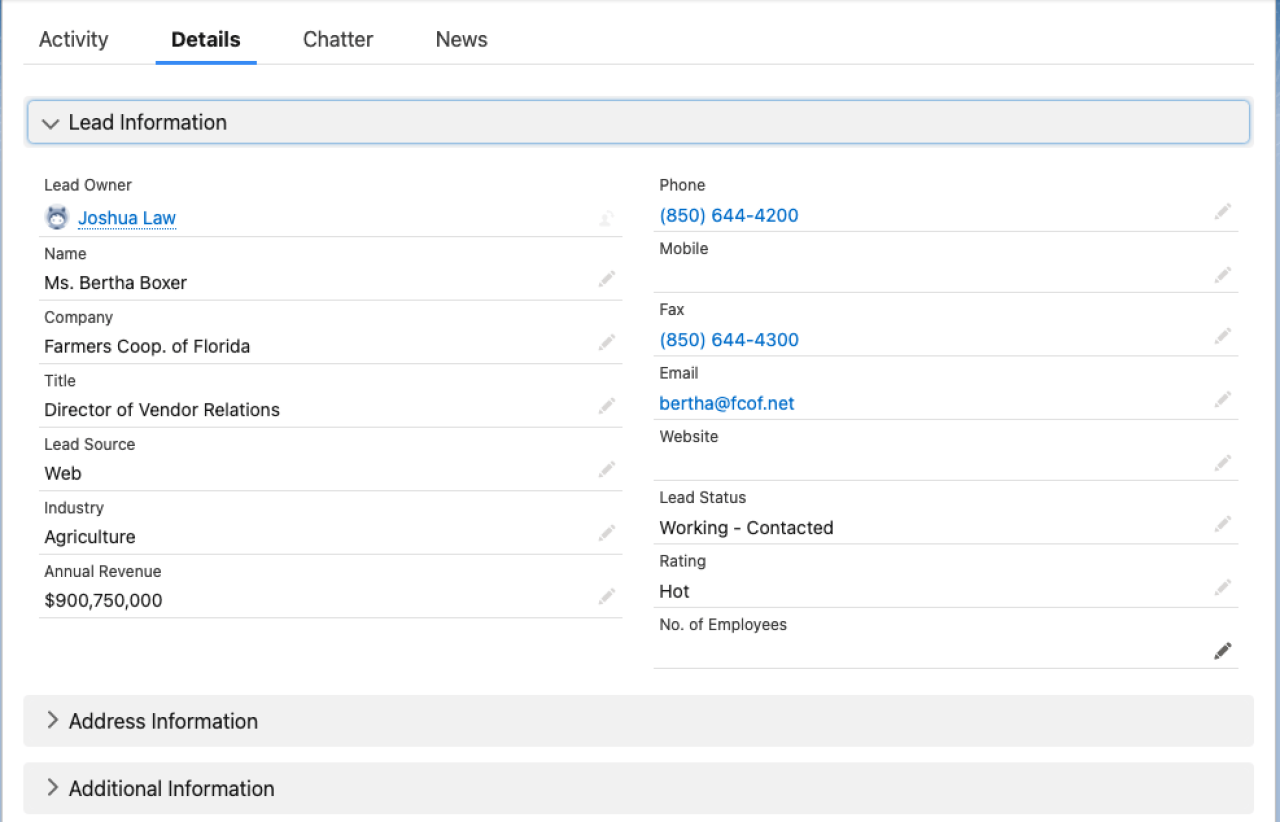
You can see in the top image what a lead record's details tab looks like in the current release. The bottom image shows that same record, but upgraded to Dynamic Forms. You can see collapsible sections which can be edited and modified to meet your needs. Combine this with component visibility rules and you have lead and case records personalized and specific to your organization.
Service Cloud: Monitor Contact Center Health in Omni-Channel Wallboard (Pilot)
Using the Wallboard tab in the Omni-Channel, supervisors have access to charts and metrics to help them manage their service teams. They can monitor agent capacity status, maximum wait times, and current work item status. This feature is currently a pilot, so contact your Salesforce account executive to enroll.
Experience Cloud: Create Component Visibility Rules in Enhanced LWR Sites (Pilot)
Getting moving is about being in the right place at the right time. The same applies to the information in your organization. With the new Visibility Rules, you can show or hide individual components conditionally. From the new Visibility tab, you can define logical AND/OR rules to show components and increase user engagement. This feature is currently a pilot, so contact your Salesforce account executive to enroll.
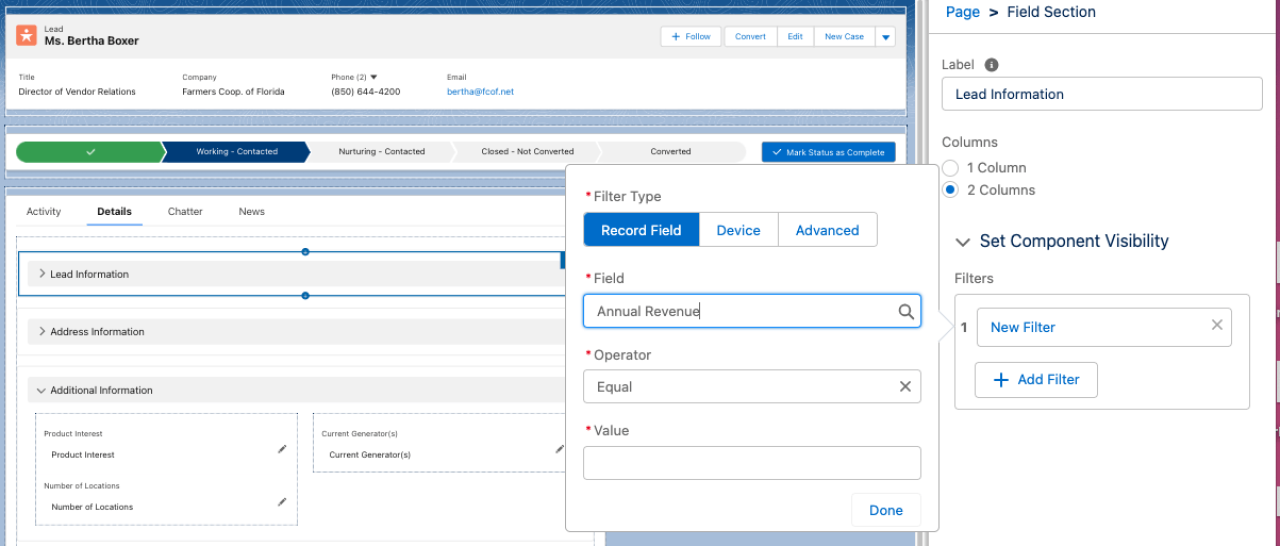
Field Service: Customize Field Service Mobile App with Offline Mobile UI Extensibility
Sometimes mobile users are in areas of low to no service. Now, you can build offline apps with Lightning Web Components to keep your agents productive even when they're offline. With Lightning Web Components, you can show relevant data and calculated metrics in the dashboard and capture data with dynamic forms. This feature is generally available in the Field Service mobile app for Android and iOS.
Commerce Cloud: Create a B2B Store Built on Lightning Web Runtime
Salesforce has been moving away from Aura components to the faster Lightning Experience, and B2B is the next stop. The B2B Lightning Web Runtime template provides better customization by taking larger components and breaking them into smaller, more manageable blocks.
Industry Clouds
Financial Services Cloud: Show Fields from Multiple Objects on an ARC Node
Previously on an ARC Graph node, you could only show the field from the node object. Now, you can also show the fields from any objects that have a look-up relationship to the node object.
Health Cloud: Contact Center
With the Contact Center, agents can quickly and securely handle members' concerns. They can verify a caller's identity, access health data, check insurance-related information, and even deploy actions set up in the Action Launcher. Agents can receive alerts on changes in record information and conduct quick searches of articles and FAQs within the Contact Center.
Spring is a time to get moving ...
...and this update is focused on moving data quickly and efficiently to get your organization growing. Whether it's moving changes from dev to production using the DevOps center, bringing your external data into Salesforce easily with HTTP Callout, or being more mobile and flexible with offline apps, Salesforce finds innovative ways to keep processes and flows moving.
If you would like more information on these updates or to view past updates, please visit the official release notes. If you have any questions about Salesforce or want to see any of the implementations in your own Salesforce organization, contact DB Services!
Need help with your Salesforce digital transformation? Contact us to discuss Salesforce consulting, implementation, development, and support!

